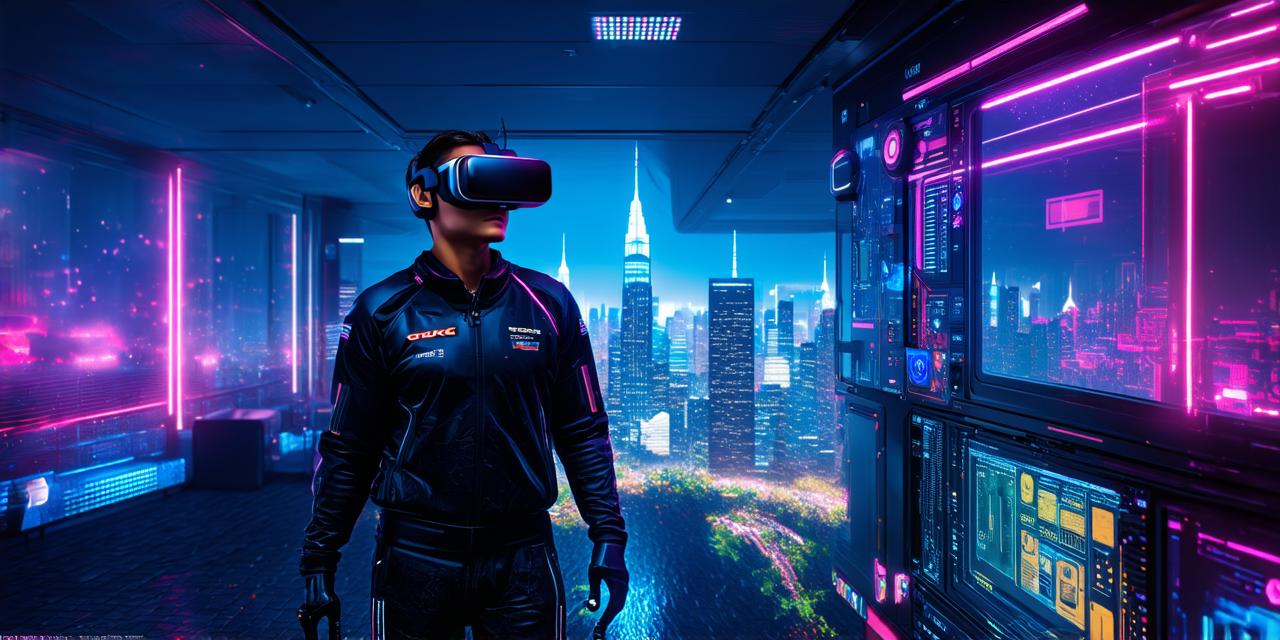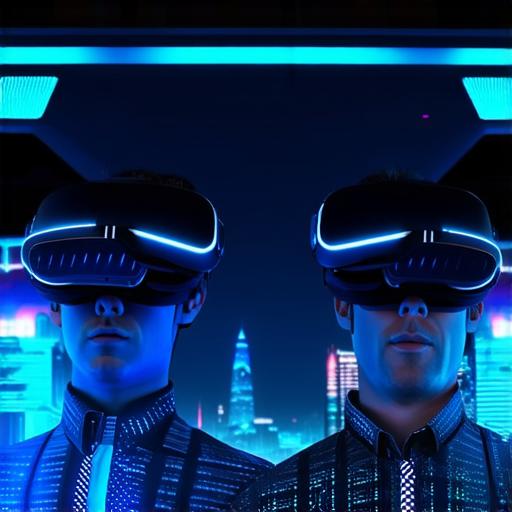
How real can virtual reality feel?

1. Sensory Input: The Key to Realism
One of the most important aspects of creating a realistic VR experience is providing users with sensory input that closely mimics the real world. This includes not only visual input, but also audio, haptic feedback, and even smell. By incorporating these different senses into VR experiences, developers can create a more immersive environment that feels more real to users.
For example, a study by researchers at Stanford University found that adding olfactory cues to a VR experience significantly enhanced the sense of presence and realism felt by participants. In another experiment, haptic feedback was used to simulate the feeling of touching a virtual object, which also improved the sense of immersion and realism in the experience.
2. Realistic Visual Representation
Visual representation is another key factor in creating a realistic VR experience. One of the most important elements of this is the use of high-resolution graphics that are indistinguishable from the real world. This includes not only the quality of the images, but also the depth and perspective used to represent the virtual environment.
According to a report by PwC, the global VR market is expected to reach $43 billion by 2021. One of the key drivers of this growth is the increasing demand for immersive and realistic experiences that can transport users to new and exciting environments. By creating virtual worlds that are indistinguishable from the real world, developers can create a more engaging and memorable experience for users.
3. Interactivity: The Heart of VR Experiences
Interactivity is another important factor in creating a realistic VR experience. By allowing users to interact with virtual objects and environments, developers can create a sense of agency that makes the virtual world feel more real.
For example, a study by researchers at the University of California, Irvine found that users who were able to interact with virtual objects in a more natural and intuitive way reported feeling more immersed and realistic in the experience. This suggests that incorporating more interactive elements into VR experiences can help to create a more engaging and memorable experience for users.
4. Real-World Comparisons: The Truth in the Eye of the Beholder
One of the best ways to understand how real virtual reality can feel is by comparing it to the real world. By measuring the differences between the two, we can gain a better understanding of what makes VR experiences feel more or less realistic.
For example, a study by researchers at the University of California, San Diego found that users reported feeling more immersed in a virtual environment when they were able to interact with objects in a more natural and intuitive way. This suggests that creating a more interactive and engaging VR experience can help to bridge the gap between the virtual and real worlds.
5. The Power of Storytelling: Creating an Emotional Connection
Finally, one of the most important aspects of creating a truly realistic VR experience is storytelling. By creating immersive narratives that connect users emotionally to the virtual world, developers can create a more engaging and memorable experience that feels more real.


